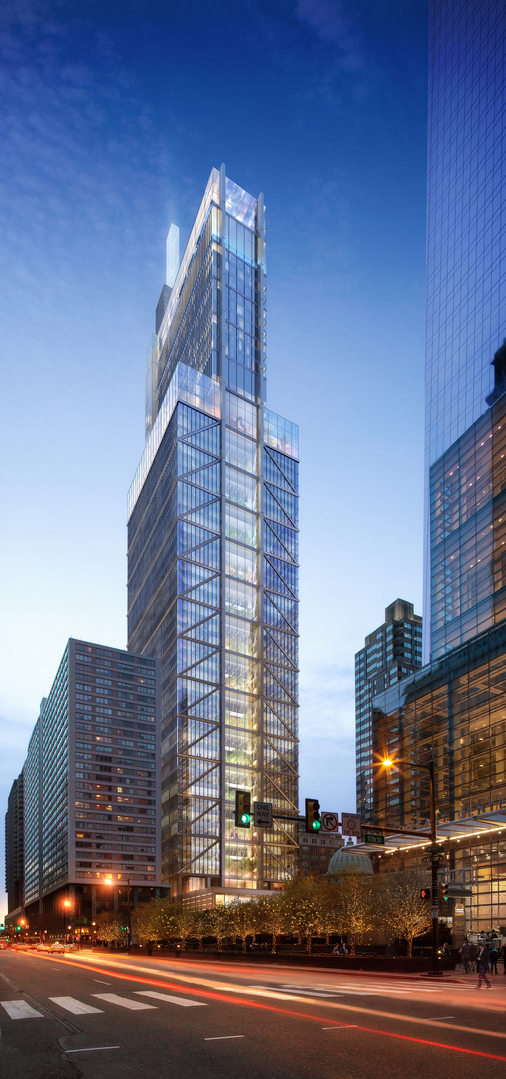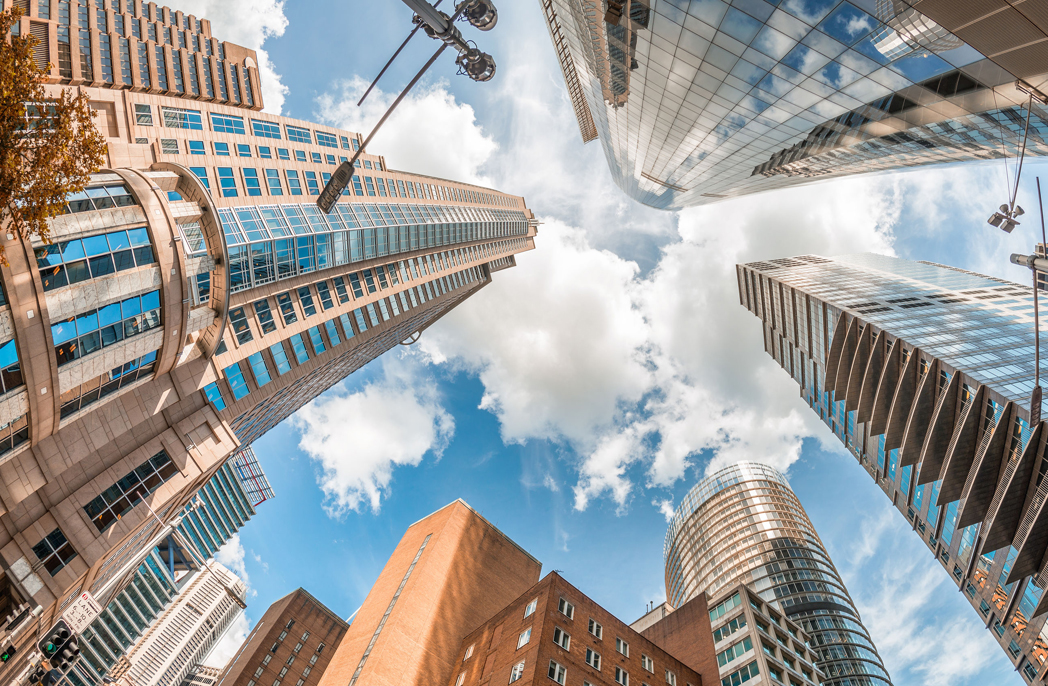
Reclaiming façade design as an opportunity for climate control and visual indoor comfort
Reclaiming façade design as an opportunity for climate control and visual indoor comfort
Share
Whether tall, small, or in between, the envelope of a structure is of prime importance. For tall buildings, facades are often designed to be statement-makers that immediately draw the eye and spark one’s curiosity about what the interior of the structure could look like. The skin of a tall building sets the tone for the remainder of its structure.
Steadily increasing numbers of individuals are flocking into cities, solidifying the need to build not just up, but effectively. With an increase in population comes an increase in tenancy expectations – and these expectations extend not just to the elements of a tall building’s interior, but evidently, to its facade.
Director at Atelier Ten Australia, Paul Stoller, is well versed in the art of effectively managing applications of high-performance facades. Stoller’s work on The Comcast Technology Center, which is one of the smartest, tallest, greenest buildings in Philadelphia upon completion, deftly illustrates his expertise. The building is clothed in glass featuring minute layers of silver for added thermal protection. The glass is also filled with gas that emits a low amount of heat that will ensure that like its sister building the Comcast Center, which Stoller also worked on, is simultaneously energy efficient and comfortable for tenants inside.
Historically, one of the main factors contributing to the inception of aesthetically pleasing, human-friendly high-rise façades is their ability to respond to relevant environmental factors. Stoller says “architecture that retains a climate responsiveness inherently provides high-quality protection against — and admits beneficial services from — natural elements.”
“In hot and dry climates, facades featured more wall and less window, so the aesthetics were about composing windows on a wall and ornamenting the wall with structure, as we would see on old buildings in Italy or Spain,” while “in hot and humid climates, facades would be much more open, often operable, to allow through cooling breezes.”
Zooming in for a moment, through to the interior of a tall building, it is clear that tenancy expectations for the quality of the indoor environment have risen significantly. Stoller says that today, “occupants increasingly appreciate the value of good daylight, rather than simply more daylight, which can lead to glare and eyestrain.” He adds that in particular, workplaces “are demanding more social space in workplaces, and a broader range of environmental conditions — loud and quiet spaces, bright and dark, buzzy and calm — which provides a healthier and richer range of working environments, which in turn leads to happier and more productive staff.”

Comcast Technology Center – Philadelphia, USA
This shift in preference need not be worrisome. Stoller notes that: “for designers, this is a very exciting change – we now get to intentionally design much more of the workplace. This includes space planning and interior architecture, and it also includes lighting design that creates bright and dark spaces and some that change illuminance qualities over the day.” Such intentionally designed environments present an array of opportunities to design and construct innovative, multifaceted facades.
For one, a facade can be varied around a building to deliver the often-diverse forms of daylight and solar control needed for the differing spaces inside a building. Innovations in structure and building technologies has also served to, in many ways, relieve facades of structural and environmental responsibilities, leading to the development of what Stoller terms as “innovative, expressive buildings.” We must ensure, however, that in the pursuit of façade efficiency, innovation does not stand in the way of the façade’s character. Stoller says that over utilising technological innovations in tall building design has “often led to facades that feel generic or soulless as they no longer acknowledge local climate, something that has historically given facades particular place-based character.”
A building’s interior can be significantly impacted when façade design fails at achieving harmony, ensuring that “healthy indoor environments are often overlooked, and too often more is confused for better: especially more daylight and more views.”
Stoller points to a common starting point for façade designs as an example of what can occur when more becomes too much – maximising outside views by making walls entirely of glass. “Fully glazed walls admit lots of daylight, typically much more than is desired for a visually comfortable workplace,” says Stoller. “When this happens, blinds are pulled down by the occupants to enable visually comfortable work, but of course once blinds are down, there is no longer a view!”
Looking ahead, Stoller sees a bright future for façade design in Australia – one filled with responsive, high-quality facades. “Facades will respond more to their physical environment, which in Australia means they will acknowledge our intense sun, bright skies and strong daylight, so they will regain solid shade and wall elements to provide more effective shade and more balanced daylight.”
Facades will “acknowledge our increasing durations of very hot and sometimes very humid weather, so they will be able to seal up effectively when outdoor conditions are unsuitable and open up more effectively when outdoor conditions are right for conditioning indoors.”
Beyond traditional building processes, there is increasing value being placed on prefabricated facades, which Stoller says are becoming increasingly appreciated by Australia’s construction industry. “By embracing factory-built facade panels for all types of walls, our facades can be built to tighter tolerances and higher performance standards, and they can be assembled on site faster and more safely than the traditional site-built ones.”
Ultimately, designing a high-performance tall-building façade is a precise art, often rife with complexities and contradictions alike.
But Stoller effectively crystallises the path that façade design is taking when he stresses that “a combination of increasingly stringent energy codes and higher expectations for thermal and visual indoor comfort will together push us to reclaim facade design as a climate control opportunity.”
The modern high-performance façade is a product not only of human preference but of the broader social and environmental conditions surrounding it. Considering how each of these elements can work both separately and in tandem draws us closer to a skyline filled with gratifying, climatically responsive tall-building façades.
At the 2018 Australian Smart Skyscrapers Summit, Stoller will further delve into the role that high-performance facades play in meeting expectations for tenants occupying high-rise buildings, during a keynote presentation at the Summit, which will be held in Sydney in June.
The Australian Smart Skyscrapers Summit is a content partner of ADR.
You Might also Like


















